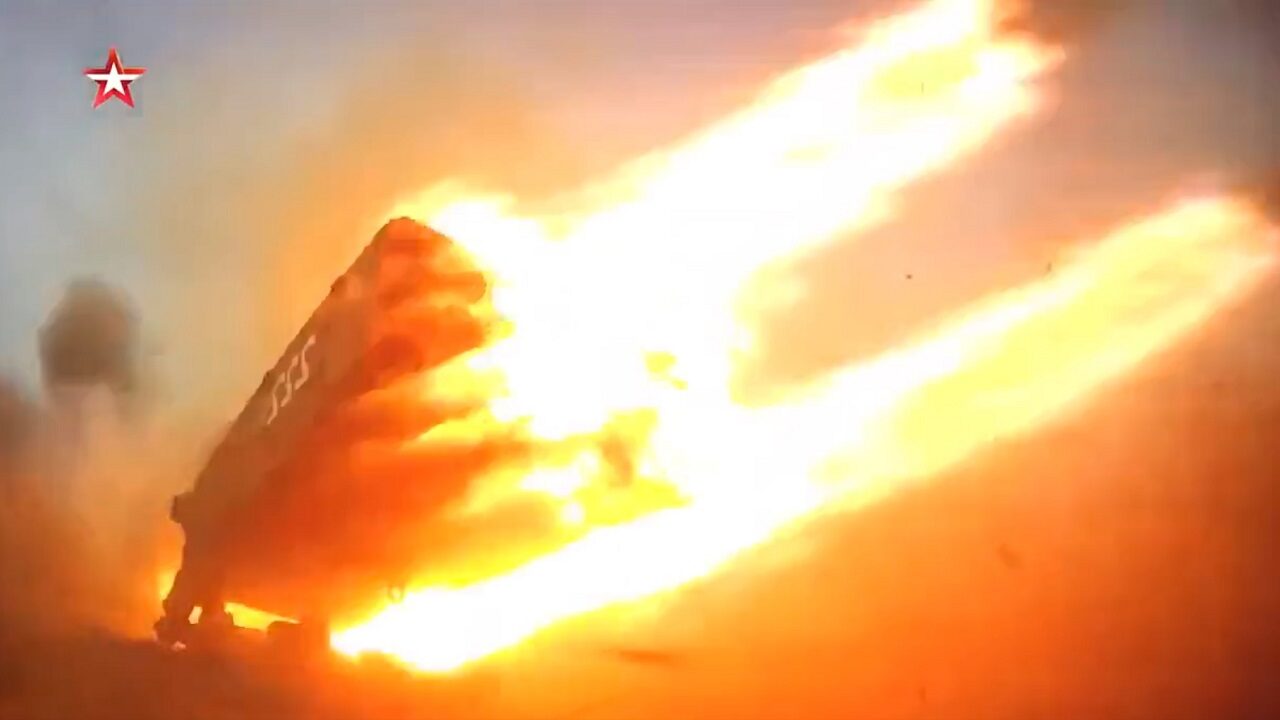Sebastien Roblin

Putin’s invasion of Ukraine has killed tens of thousands of people, traumatized millions more, and destroyed many cities in eastern Ukraine.
And this is all for naught. Putin’s hopes of overthrowing Ukraine’s government and seizing its Black Sea coastline were decisively dashed in 2022.
In addition to the human and material destruction, the economic harm of Putin’s failed war is nothing short of tremendous, as outlined in the first issue of a new Ukrainian Recovery Digest released by the Kyiv School of Economics.
The digest’s findings are in line with an interview I had last November with the school’s president, former Economic Minister Tymofiy Mylovanov, regarding the scope of that damage, as well as Ukraine’s efforts to deepen democracy and fight corruption.
Mylovanov highlighted the report’s key findings in a Twitter thread. This piece provides additional context on their significance.
Ukraine GDP Cratered, Defense Spending Flew
Cumulatively, the loss of territory, business, and people due to Russia’s invasion and bombardments and its occupation or blockade of critical Black Sea ports caused Ukraine to lose 29.1% of its pre-war gross domestic product. Industrial output fell even more, at a 36.9% loss. The only silver lining is that this nosedive is projected to halt in 2023, with GDP expected to grow by 2%.
It is not exactly shocking that Ukraine’s government in 2022 dedicated 80% of its tax revenue to defense and security, spending defense dollars at nine times its monthly rate in 2021. Existential struggles for survival will do that to national budgets. Much of the cost goes to salaries for Ukraine’s mobilized armed forces. These have added hundreds of thousands of personnel to reach roughly 1 million men and women at arms in various services.
The expanding defense budget puts into perspective all the basic services that had to be cut to compensate, with social security and pensions accounting for the next 20% tranche.
Assistance and Resilience
Mylovanov didn’t mince words in my interview last October. He told me Ukraine’s war-wracked economy can only survive with foreign assistance. According to the report, that aid in 2022 amounted to $32.1 billion, with another $16.5 billion allocated from January to end-May 2023.
Ukraine’s national debt, however, increased nearly half over, moving from 54% to 75% of annual GDP. Furthermore, government spending is running a deficit of $25 billion, equivalent to 8% of the Ukrainian GDP before Russia’s February 2022 invasion.
Despite the war, Ukrainian households and small businesses continue to operate — the latter focusing increasingly on international exports to make up for worsening domestic consumption. The percentage of Ukrainian businesses forced to suspend operations declined from nearly half (49%) in May 2022 to roughly one-third (32%) by April 2023. However, only about one out of every six Ukrainian businesses reports sustaining pre-war levels of activity.
Primary causes of disruption for businesses in the first quarter of 2023 were increasing costs of goods, raw materials, and services; decreased domestic demand; and power blackouts and damaged road logistics.
Cruel Impact on Agriculture
Ukraine plays a major role in global agriculture, so declines in its grain output risk causing starvation in some developing countries. Unfortunately, 20% of Ukraine’s grain fields have been damaged in the war. They might be sown with deadly mines, blasted by artillery shells, or set ablaze by cluster munitions releasing clouds of incendiary thermite.
Worse, 93% of Ukraine’s agricultural output was shipped via the Black Sea — a logistical corridor heavily disrupted when Russia seized Ukraine’s southeastern ports of Mariupol, Melitopol, and Berdyansk and unsuccessfully besieged the southwestern ports of Mykolaiv and Odesa. Further, Russian warships blockaded Ukrainian shipping from remaining ports. This caused global grain prices to spike by 60% while huge quantities of grain and of vegetable oil accumulated in silos that were targeted by Russian precision-guided missiles. Attempts to switch to rail or truck transportation raised logistics costs by a factor of four or five, threatening to bankrupt Ukrainian farmers.
Fortunately, a trilateral deal between Kyiv, Moscow, and Ankara in August officially lifted the blockade. However, Russian members of the commission overseeing the deal continue to throttle Ukrainian trade by delaying inspections of Ukrainian ships passing through the Turkey-controlled Bosporus Strait, lessening the deal’s positive impact.
Cumulatively, the war decreased Ukraine’s agricultural output by 75%, a loss equivalent to $34.25 billion. Things may get worse before they get better, with next year’s crop output projected to decline from 70 million to 62 million tons as Ukrainians increasingly shift from grain and corn to oilseed, which is easier to export.
Devastated Infrastructure for Ukraine
The report finds that Russian missile and drone attacks destroyed $147.5 billion-worth of Ukrainian infrastructure, ranging from education and healthcare facilities to industrial complexes and apartment blocks.
No comments:
Post a Comment